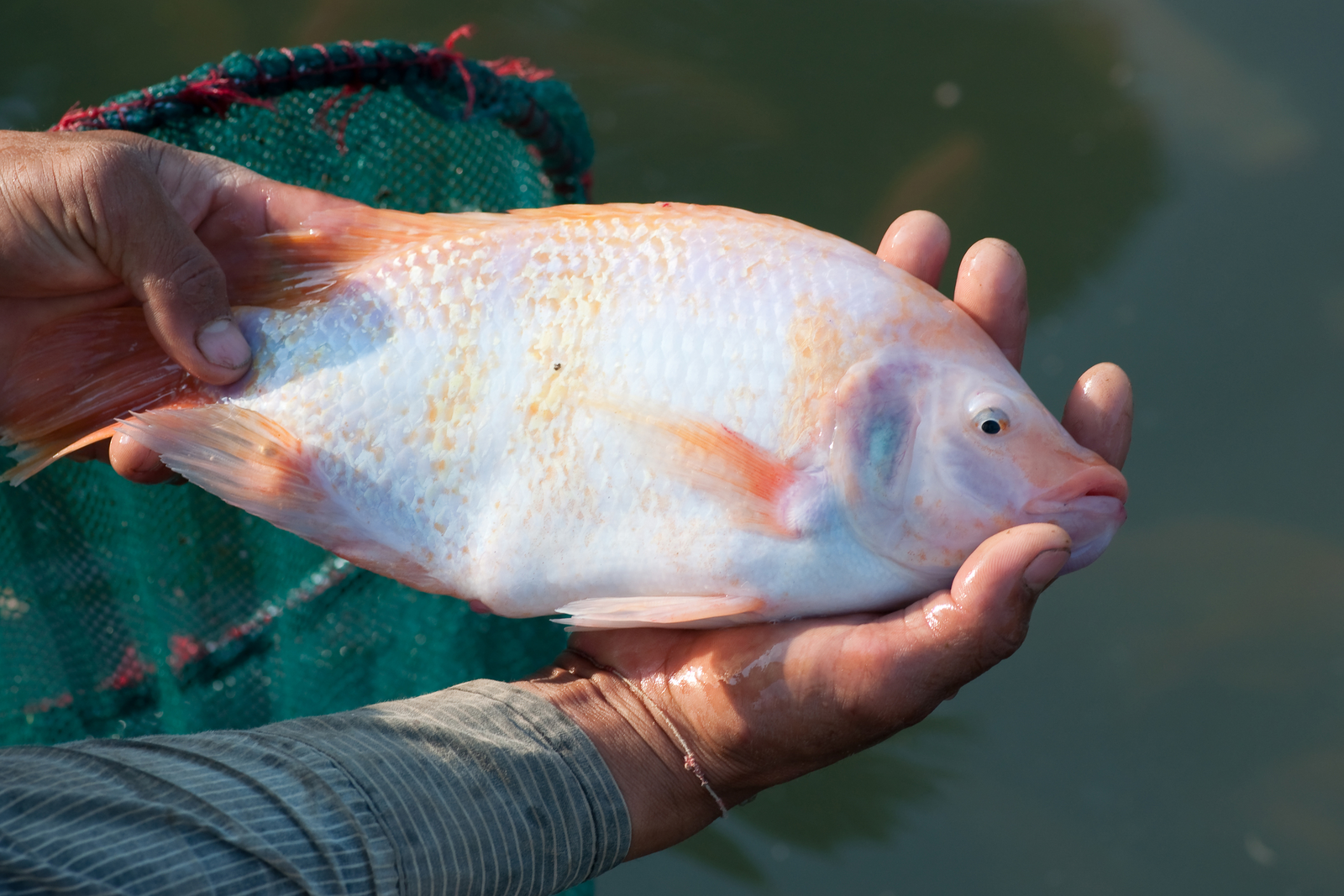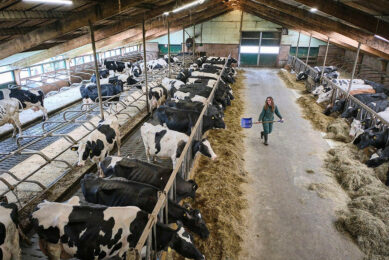Different diets tested on Tilapia farming

The effect of a mixed diet or a rice bran diet were studied in Nile Tilapia. The results however, showed no improvement in growth performance.
This study, a co-effort of Chinese and Tanzanian researchers, compared the growth, survival, condition factor and yield performance of Nile Tilapia (Oreochromis niloticus) fed on mixed ingredients (MI) and rice bran alone (RB) diets reared in fertilised earthen ponds in small scale farmers’ ponds.
The study also determined phytoplankton composition, biomass and abundance in the experimental ponds. Quadruplicate ponds were stocked with O. niloticus and African sharptooth catfish, Clarias gariepinus at a stocking ratio of 1:3. The initial mean weights of O. niloticus and C. gariepinus were 14.62 ± 0.61 and 20.34 ± 1.44 g respectively. The fish were fed on MI and RB diets with protein content of 184.74 and 126.06 g kg−1 respectively for 270 days.
No effect on growth
The results showed that growth performance, survival rate and condition factor of O.niloticus were not affected by either feeding with MI or RB diet (p > 0.05). Moreover, there were no significant differences obtained in phytoplankton biomass and abundance in O.niloticus ponds fed on the 2 diets (p > 0.05). Furthermore, feeding O.niloticus either on MI or RB diet did not affect the net and gross fish yields (p > 0.05).
Farmers advised to use rice bran & fertilise ponds with cattle manure
It can therefore be concluded that the use of either mixed ingredients or rice bran alone diet does not significantly affect growth performance, survival, condition factor and yield of O.niloticus cultured in semi-intensive earthen ponds in which fertilisation using cattle manure to stimulate natural food organisms is practised. The use of the 2 diets resulted in similar water quality parameters and phytoplankton composition, biomass and abundance which caused similarity in growth performance, survival, condition factor and yield of the cultured O.niloticus. Under semi-intensive culture conditions, O.niloticus farmers are advised to use rice bran which is readily available for free or at low cost in their localities and fertilise their ponds with cattle manure.











